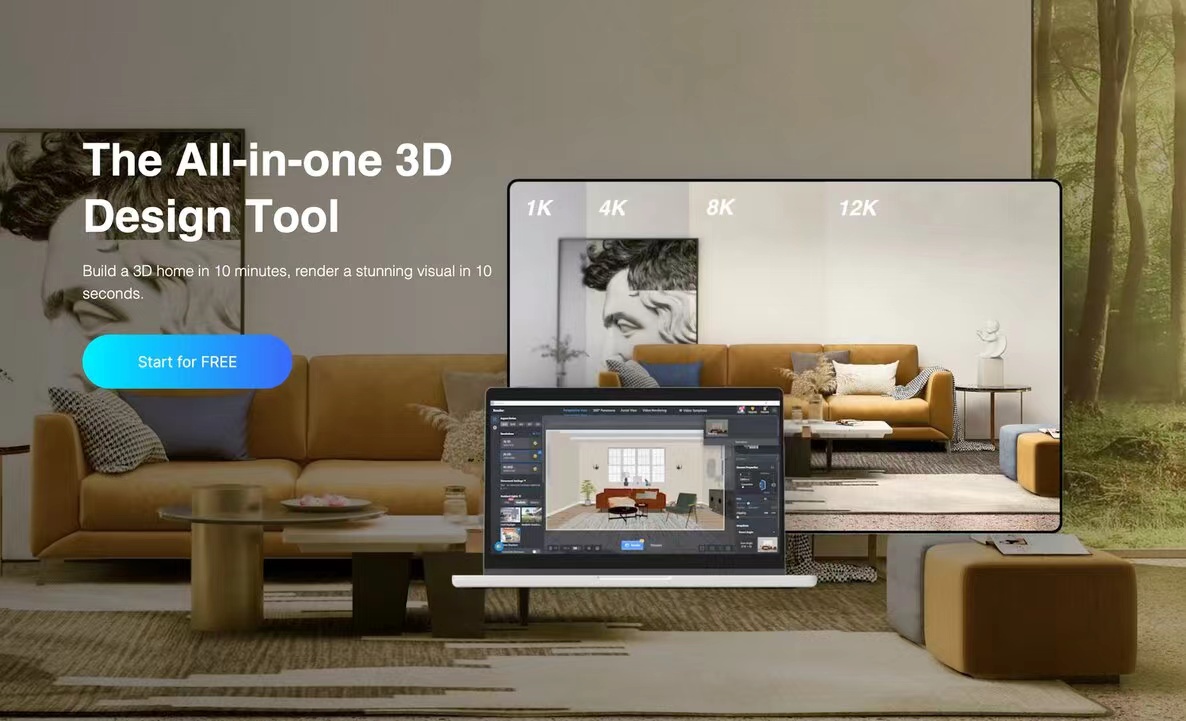Cereal 3D model has revolutionized the way cereal boxes are designed and marketed in the breakfast industry. In this comprehensive guide, we will explore the intricate process of cereal 3D modeling and its impact on the visual appeal of cereal packaging.
What is Cereal 3D Modeling?
Cereal 3D modeling is the process of creating three-dimensional virtual representations of cereal products, primarily for design and marketing purposes. It involves using specialized computer software to construct highly realistic digital models of cereal boxes, ensuring accurate shapes, textures, and colors.
The Process of Cereal 3D Modeling
The process of cereal 3D modeling begins with gathering reference material, including photographs and physical cereal boxes, to ensure accurate replication. Professional 3D artists then use computer-aided design (CAD) software to create a digital model of the cereal box.
The digital model includes intricate details such as the box shape, typography, nutritional information, and brand logos. Textures are meticulously applied to the model, replicating the look and feel of the physical cereal box. Lighting and shading techniques are also utilized to enhance realism.
Once the model is complete, it undergoes rigorous quality checks to ensure accuracy and visual integrity. During this stage, any necessary adjustments are made to achieve the desired result. The finalized 3D model is then ready for use in various media, such as print advertisements, television commercials, and online promotions.
The Significance of Cereal 3D Modeling
Cereal 3D modeling plays a crucial role in the breakfast industry by enhancing the visual appeal of cereal products. The realistic and eye-catching 3D models help create captivating cereal box designs that attract consumers’ attention on supermarket shelves.
Furthermore, cereal 3D models allow for efficient and cost-effective advertising campaigns. Instead of physically producing numerous cereal boxes for promotional activities, companies can utilize 3D models to create virtual visuals that can be easily modified and reused.
Additionally, cereal 3D modeling enables marketers to experiment with different packaging designs and variations rapidly. This flexibility allows for testing consumer preferences and market trends without the need for expensive and time-consuming physical prototyping.
In conclusion, cereal 3D modeling is a powerful tool that adds visual appeal and flexibility to the breakfast industry. It enables the creation of captivating cereal box designs and facilitates efficient marketing campaigns. With the continuous advancements in technology, cereal 3D modeling is expected to play an even more significant role in shaping the future of cereal packaging.


